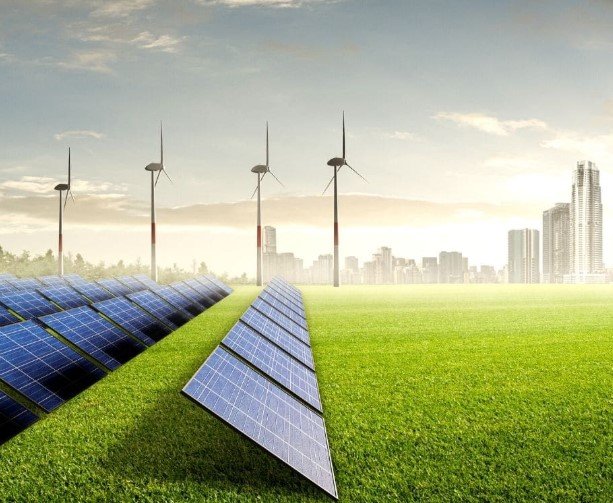India, December 30, 2024: India has made remarkable strides in the renewable energy sector over the past few years, and 2024 has continued this upward trajectory. Experts observe that the country is steadily moving toward its clean energy goals, driven by a coordinated effort between the government and the private sector. India’s total electricity capacity now stands at 452.69 gigawatts (GW), with a significant and growing share coming from renewable sources. This marks a clear shift away from conventional fossil fuels toward cleaner, more sustainable energy solutions.
The country’s commitment to renewable energy gained international attention at the COP26 climate summit in 2021, where India outlined ambitious targets. These include developing 500 GW of electricity from non-fossil fuel sources, sourcing half of the country’s energy from renewable resources, and reducing carbon emissions by 1 billion tons by 2030. In addition, India aims to cut the carbon intensity of its economy by 45% and achieve net-zero emissions by 2070. These initiatives are part of a broader global effort to combat climate change and underscore India’s role as a key player in the international renewable energy transition.
Looking ahead to 2025 and beyond, experts anticipate even faster growth in the renewable energy sector. Increased investments from both the government and private enterprises are expected to accelerate this progress. Businesses are also focusing on reducing the cost of energy storage solutions, which will make renewable electricity more accessible and reliable. Policy measures such as the National Green Hydrogen Mission and incentives for local manufacturing have further strengthened the sector’s development, supporting both technological innovation and domestic production capabilities.
Despite these positive developments, challenges remain, particularly in the areas of infrastructure development and transmission. Experts highlight the need to modernize and expand transmission networks to efficiently distribute renewable energy across the country. Recommendations include removing additional charges on older projects, streamlining the approval process for new transmission lines, reducing taxes on critical components such as solar trackers, and providing increased financial support to domestic manufacturers. Addressing these bottlenecks will be crucial for sustaining long-term growth and meeting India’s ambitious renewable energy targets.
India’s renewable energy future appears promising. Analysts predict substantial increases in solar and wind power capacity, significant advancements in energy storage technologies, and notable progress in green hydrogen production. Maintaining this momentum will require timely project completion, strong policy support, encouragement of innovative solutions, and continued collaboration between government agencies and private stakeholders. By focusing on these areas, India can continue its transition toward a cleaner, greener, and more sustainable energy system, reinforcing its position as a global leader in renewable energy.


